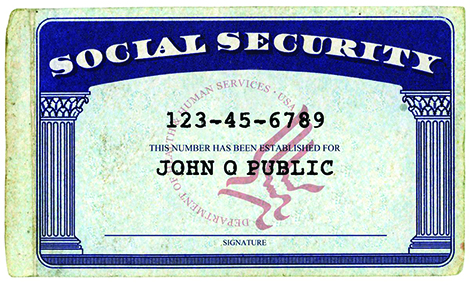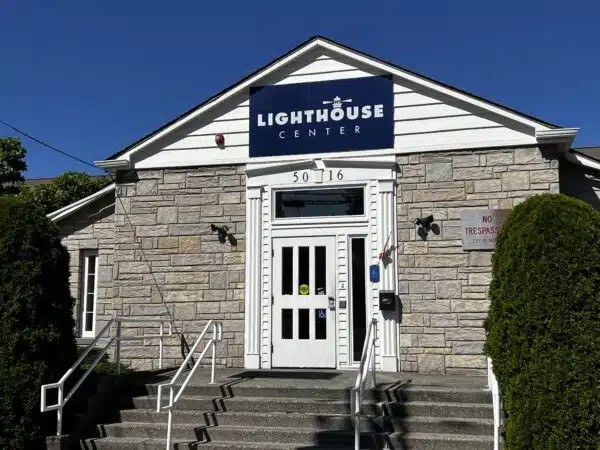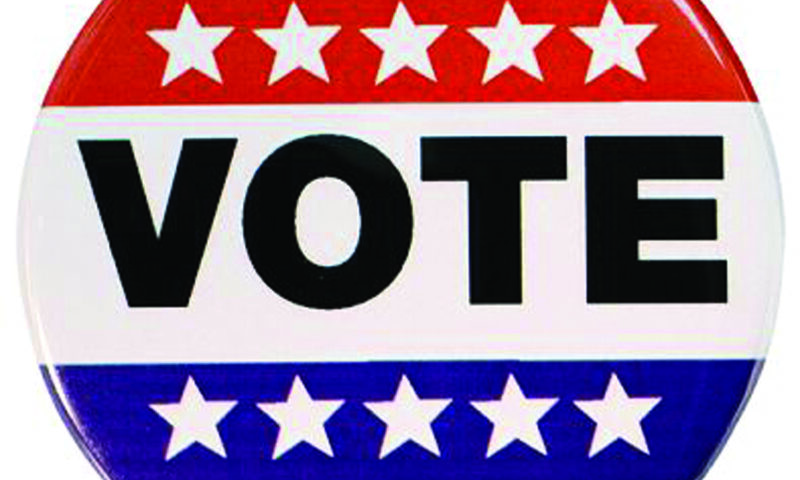Five things to know about Social Security
By Christina Clem
Social Security is your money — you earned it through a lifetime of hard work. And, like most Americans, that money is needed to help cover living expenses and pay bills. Nearly one in six Washington residents – 1.4 million people – receive Social Security benefits, and 36 percent of residents 65 and older rely on them for at least half of their income.
Here are five things to know about Social Security:
- When can I start collecting Social Security?
You are eligible as early as age 62. However, the longer you wait to start collecting after you become eligible (up until age 70), the larger your annual payments will be. For those who are eligible for survivor benefits or Social Security Disability Insurance (SSDI), you can start collecting earlier.
- Can I collect Social Security while working?
Yes. In fact, 26 percent of Social Security recipients in 2023 were still working. But if you are below full retirement age (67) and earn more than a certain amount, your monthly payments will be temporarily reduced. Once you reach full retirement age, your payments will be increased to make up for any previous reduction in benefits caused by earning more than the limit.
- How much will I receive each year?
Your Social Security income will depend on multiple factors, but the most important is your lifetime earnings from work. The Social Security Administration takes your 35 highest-earnings years, calculates an inflation-adjusted average, and plugs this information into a formula to find your “basic” benefit. How old you are when you claim Social Security will also impact the amount you receive. AARP’s Social Security Calculator, at aarp.org/socialsecurity, can help you estimate how much you will receive.
- What is the maximum payment I can receive each month?
In 2023, the highest monthly payment for Social Security was $3,627. However, the average retirement benefit is $1,833. To receive the maximum payment, your earnings must exceed the maximum taxable income for at least 35 working years, and you must be at full retirement age, which is age 67 for people born in 1960 or later.
- How do I sign up for Social Security?
You can apply for retirement, spousal, or disability benefits online at ssa.gov, by phone at 1-800-772-1213, or in person at a local Social Security office. Find the local office closest to you at ssa.gov/locator.
Christina Clem is AARP Washington’s communications manager.



